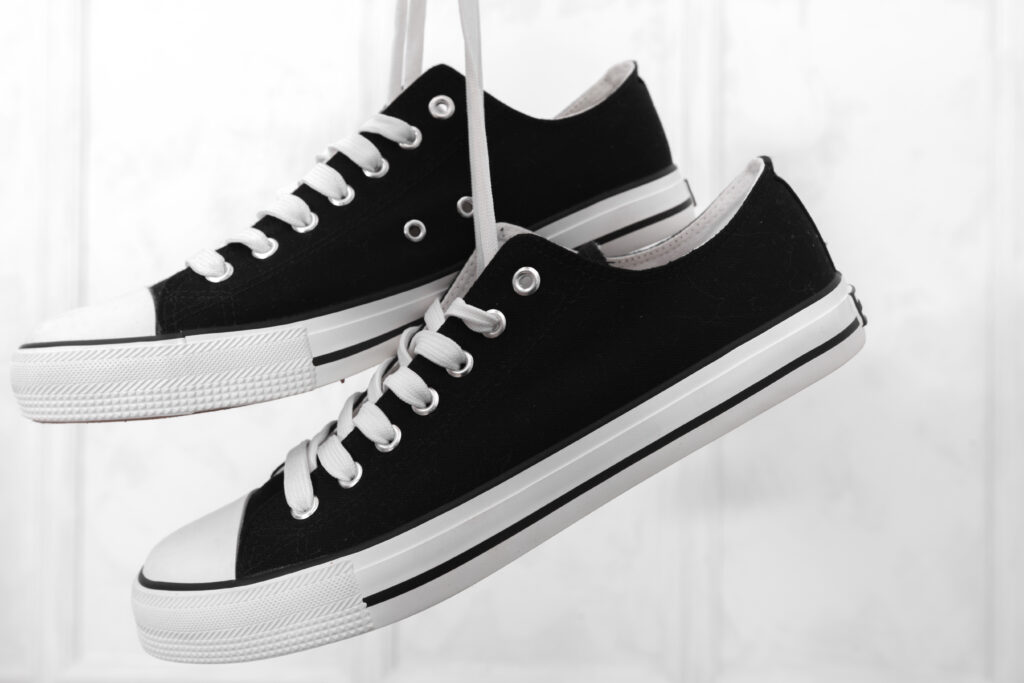Sneaker, once relegated to the realm of sports and athleticism, has transformed into passion-driven cultural commodities. This phenomenon can be attributed to the allure of celebrity influence. The earliest Sneaker Evolution were made in the mid-and late 1800s as plimsolls. By the 1920s, shoe companies began designing basketball and other sports shoes.
Origins Sneakers
Sneakers are more than just footwear; they are a cultural phenomenon, a fashion statement, and a symbol of self-expression. This post will explore the history of sneakers, their Evolution into a global fashion staple, and their reflection of personal style.
Sneaker culture emerged in the 1970s as a casual form of footwear. By the 1980s, brands began to focus on marketing their shoes to young people looking to emulate the styles of their idols.
The rise of the sneaker culture also spawned streetwear-luxury collaborations, which quickly became sought-after items by “sneakerheads” (obsessed with sneakers). A recent study found that owning particular pairs of sneakers is a status symbol for these individuals and reflects their identity. Many sneakerheads seek exclusive releases or collaborations with luxury brands. As a result, sneaker culture has become an international phenomenon that reflects societal trends and consumer demands.
Brand Sneaker Value
Sneakers have transcended their practical use to become coveted cultural commodities that serve as status symbols and fashion pieces. Additionally, the global sneaker resale market, like TOMS, has experienced a boom due to its popularity. With a projected value of $450 billion in 2021, the sneaker market is significant to the economy.
Sneakerheads, or people who collect sneakers, often seek out rare, limited-edition styles that may sell for thousands of dollars. Sneaker-related brands are also increasingly adopting sustainability principles, focusing on using eco-friendly materials and production processes.
Despite the popularity of sneakers, it is essential to note that their production has a negative environmental impact. They consume large quantities of raw materials and generate substantial waste and pollution. Additionally, some sneaker companies have faced controversy over sourcing and labor practices. To address these concerns, some manufacturers are adopting ethical production methods, such as ensuring that their factories comply with fair labor standards and conducting independent audits to ensure transparency throughout the supply chain.
Styles

Sneakers have evolved beyond mere footwear, becoming coveted collectibles and status symbols that reflect personal style and cultural affiliations. The sneaker Evolution has even made its way into high fashion, with designers blending streetwear aesthetics with luxury fashion. This unique blend of functionality and style has helped establish sneakers as a global fashion phenomenon, and the future looks bright for this trend.
One of the critical drivers for the growth of sneakers was their introduction into sports, particularly basketball. It was mainly due to a semi-pro player and the first celebrity endorser. Later, sneakers became popular with children and adolescents as leisure opportunities expanded and school dress codes relaxed. Shoes were developed for sports such as football, jogging, and basketball.
Moreover, sneakers are often associated with urban culture, especially hip-hop. It has led to collaborations between sneaker brands and rappers, which met with an outcry over cultural appropriation. Despite these issues, the trend seems unstoppable as sneakers continue to grow in popularity amongst various demographics.
Influencers
Sneakers have become more than just a shoe; they are cultural icons. Sneaker Evolution has been a part of Black culture in the United States since the late 1960s when sneaker companies started branding their shoes with famous basketball players who were all Black. These partnerships with athletes and celebrities helped expand the sales of sneakers and promote a positive image of Black culture.
In the 1980s, the sneaker industry shifted from utilitarian footwear to fashion items. Athlete endorsements validated particular styles, and limited edition releases boosted sneaker resell value. The commodification of sneakers as status symbols increased with the arrival of hip-hop and streetwear.
The emergence of influencers, such as rappers and other celebrities with a large following on social media, has transformed sneaker culture. These influencers are not only promoting sneakers but also creating their shoe designs. Their influence
